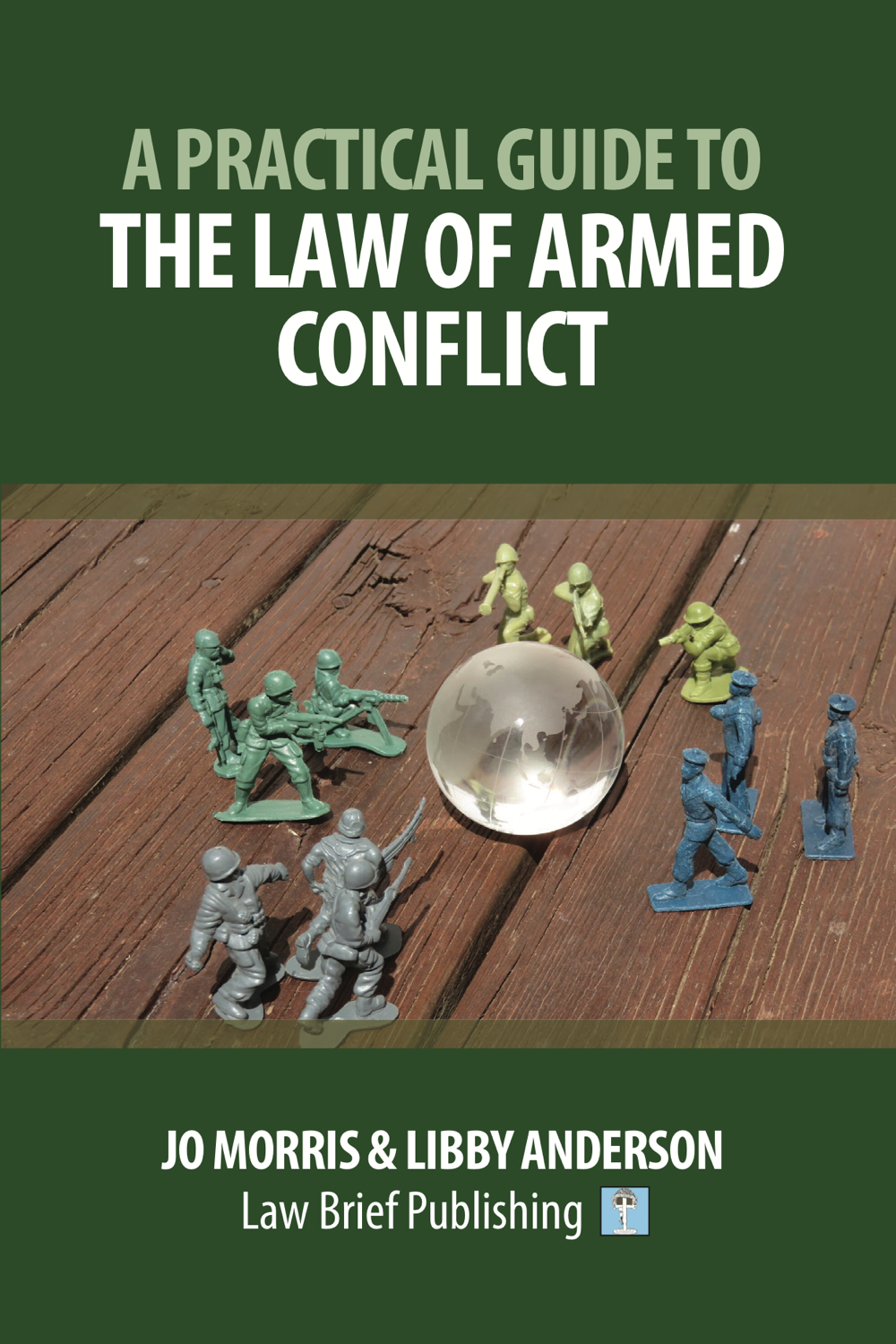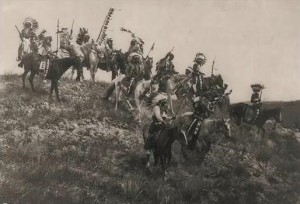


“Indians are dancing in the snow and are wild and crazy,” he wrote. In December 1890, Royer sent a desperate telegraph from Pine Ridge Reservation in the Badlands region of South Dakota to his bosses at the Bureau of Indian Affairs in Washington, D.C. Royer-jokingly nicknamed “Young Man Afraid of Indians” by the Lakota he had been hired to monitor-was one of them. 'We need protection.'īut the Ghost Dancers’ hopes were met with fear from white settlers, who worried the rituals would incite violence against them. Lakota believers wore special shirts thought to repel bullets, while some experienced a hypnotic state brought on by the repetitive songs and shuffling, circular mass dances shared by followers. The movement’s adherents thought that songs and ceremonies could hasten the coming disaster, bring back their dead, and ensure the restoration of their lands. boarding schools for Native American children.) ( Reckoning with a century of trauma at U.S. By 1889, they had been split into five separate reservations in North and South Dakota. Over the course of a few decades they had lost over 58 million acres of their land, and were forced to share what was left among multiple tribes and bands. The movement quickly took on special significance for the Lakota people of North and South Dakota. It was based on a series of teachings by Paiute medicine men, who prophesied that an upcoming upheaval would lead to the eradication of white men from the Earth and the resurgence of Native Americans. The Ghost Dance movement swept through Native American tribes in the American West beginning in the 1870s.

The massacre at Wounded Knee was a reaction to a religious movement that gave fleeting hope to Plains Indians whose lives had been upended by white settlement.


 0 kommentar(er)
0 kommentar(er)
